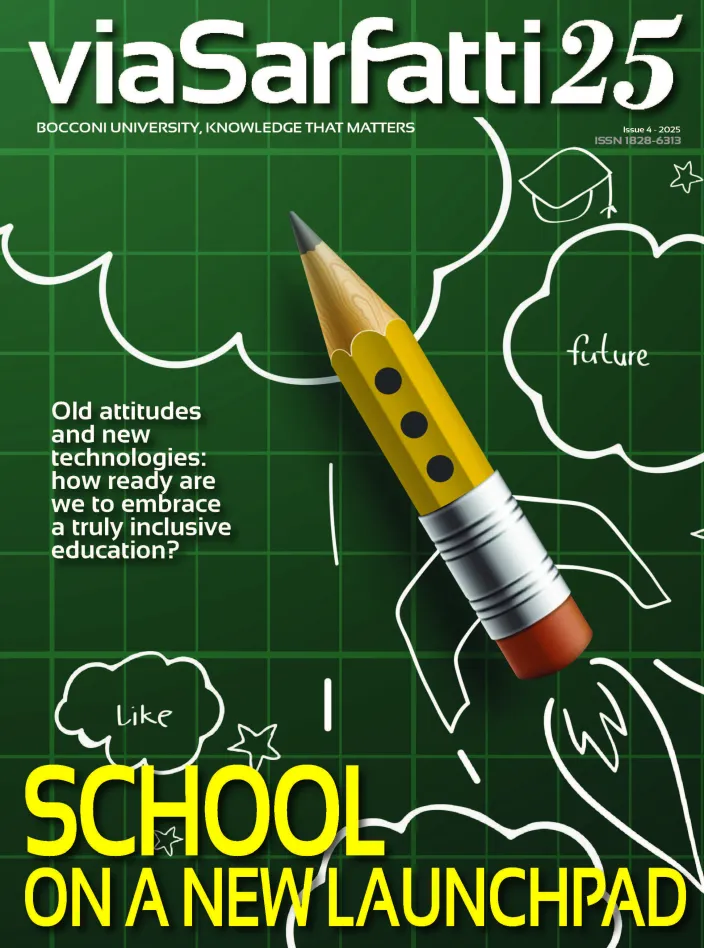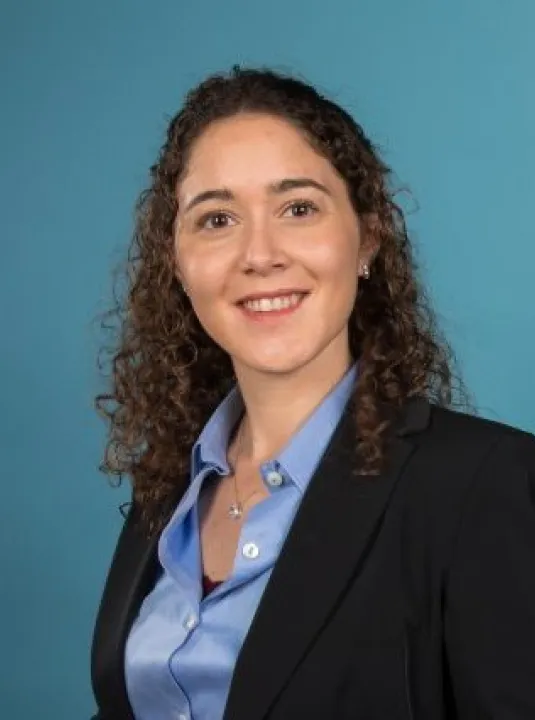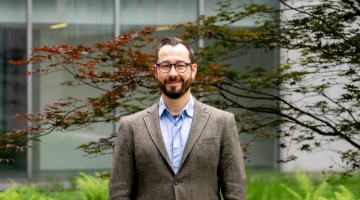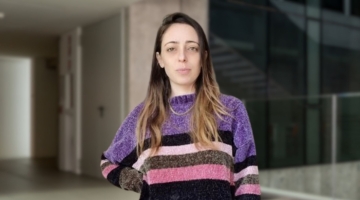
Inside the School System: Inclusion, Exclusion and Decisions
When Teachers See Loneliness
An experiment conducted in 46 Italian schools demonstrates that simply making social isolation visible to teachers reduces antisocial behavior in the classroom and improves inclusion. At a minimal cost
By Barbara Orlando
In schools, beyond learning subjects, we learn to live. Yet, not all children experience school as a place of inclusion. Some kids become invisible to their peers: they are excluded from play and ignored by other groups of classmates. But if a child's loneliness suddenly became evident to teachears, could things change? This is exactly what Sule Alan (Cornell University), Michela Carlana (Bocconi University) and Marinella Leone (University of Pavia) observed in an experimental study titled “Inclusive Teaching: Spotting Social Isolation in the Classroom,” forthcoming in American Economic Journal: Policy.
A map to break through invisibility
During the 2022-2023 school year, the researchers involved 46 public elementary schools in Lombardy, Piedmont and Lazio. Teachers at half the schools were given a simple tool: a map of their class's friendship networks, constructed on the basis of the children's own feedback, accompanied by data and scientific information on the risk of social exclusion, particularly for students with immigrant backgrounds or lower socioeconomic status. "We showed teachers that their perception of social isolation among students was a gross underestimate compared to the actual data," says Michela Carlana, Director of LEAP Bocconi. "Many were surprised to see that one or more children in their class were not named as friends by any of their classmates. It wasn't meanness, it was social blindness. And we tried to address it."
Less loneliness, less antisocial behavior
After six months, the researchers observed tangible effects: the probability of a child having no friends in class was reduced by 50% compared to the control group. Students in the treated classes received more nominations as "best friends," a sign of greater inclusion. But there's more. Students in the treatment group were also less likely to engage in antisocial behavior, as measured by an experimental game in which they could anonymously "sabotage" a classmate to gain a material advantage. In the treated classes, the propensity to sabotage decreased by 11%. However, there was no effect on prosocial behaviors such as cooperation or donation.
More equity in the classroom, at a minimal cost
To quantify the collective effects, the research team simulated the aggregate results of the "classroom as a community": how much performance is lost due to antisocial acts? In the treated groups, the researchers observed an increase in the average payoff (i.e. simulated "economic wellbeing") and a significant reduction in internal inequality, as measured by the Gini coefficient. In other words, less sabotage equals greater wellbeing for everyone. The cost of the intervention? Just $21 per student. "The great thing is that you don't need a large budget: all you need is data, awareness, and a few practical suggestions," explains Carlana. "Teachers responded actively: many began forming mixed-sex groups during activities and broke the dynamic whereby the most talented or popular students grouped together, leaving out the most vulnerable."
A more inclusive school is possible
The merit of the study lies in having shown that social inclusion in the classroom is not an accidental byproduct of "doing school well," but a practice that can be taught, monitored and corrected. Making the invisible visible — like the social isolation of a child — is the first step toward building more equitable educational communities. And perhaps even toward educating better citizens.





